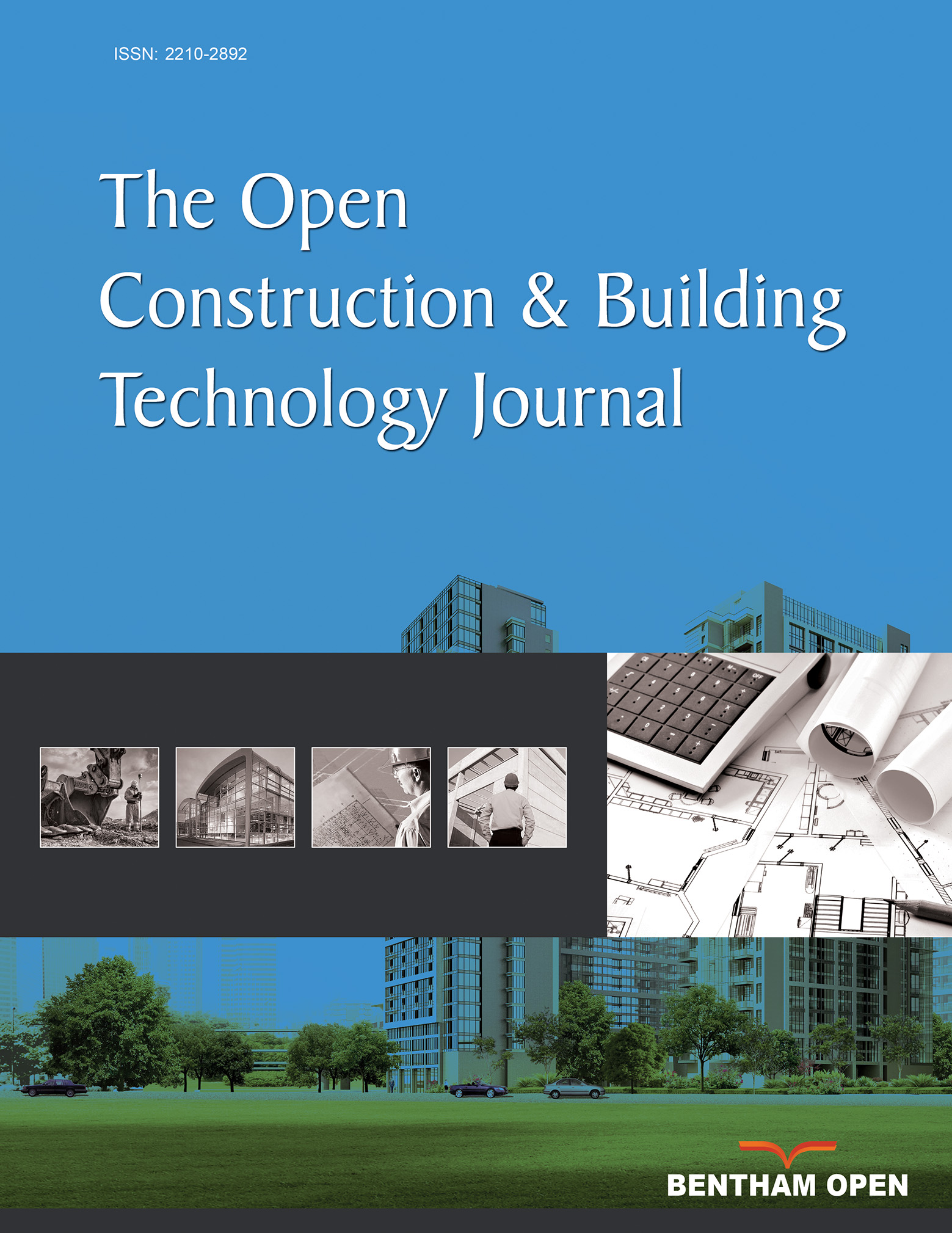All published articles of this journal are available on ScienceDirect.
Finite Element Simulations on the Tensile Resistance of Bolted End-Plate Connections with Tubular Members
Abstract
Background:
Bolted end-plate connections represent the simplest and cheapest way to connect tubular members. EN1993:1-8 provides the general rules based on component method. However, in the case of splices with tubular members the proper definition of the effective length around corner bolts is not clearly addressed.
Objective:
The objective of the study is to investigate the accuracy and the effectiveness of the existing analytical predictions to estimate the tensile resistance of end-plate connections with tubular members where corner bolts are adopted.
Method:
Parametric finite element analyses were carried out to investigate the tensile strength of connections of both square and rectangular hollow sections.
Results:
The tension resistance is largely influenced by the corner bolts. Indeed, the connections with corner bolts exhibit larger resistance that increases when the bolts are closer to the corner of the tubular member. However, reducing the distance between the bolt and the wall of the tubular section can affect the splice ductility.
Conclusion:
• The method proposed Steige and Weynand to calculate the tension resistance of connections with bolts distributed on all sides of the splice is consistent with EN 1993-1-8.
• The finite element simulations showed that the corner bolts can increase the resistance of the connection. In addition, the bolt layout can be optimised by placing the bolts as close to the hollow section as possible.


